Ever since they released the OnePlus One smartphone in 2014, OnePlus have made a name for themselves for providing quality Android smartphones boasting flagship specs, at affordable prices.
Coincidentally their phones were dubbed the “flagship killers” as they took on the likes of Samsung and Apple whose smartphones were priced much higher.
However, even though OnePlus created this niche, they never really had any intentions of staying in this segment, and their real goal was to gradually penetrate the premium segment by building a name for themselves.
So as the years passed their phones got more and more expensive but were still undercutting the top dogs by a considerable amount.
In fact, this year’s 8 and 8 Pro are OnePlus’s most expensive smartphones ever. The 8 Pro, in particular, is no longer trying to be a flagship killer, and this time around it is truly a flagship in almost every regard. At 60,000 Rs, it is quite a good deal when you pit it against competitors from Samsung and Apple.
Still, many OnePlus fans aired their annoyance with the company on their online forums, chiding them for moving away from affordable flagships. OnePlus did not turn a deaf ear; their answer to those passionate fans is this – the OnePlus Nord. A smartphone OnePlus claims to signify them returning to back to their roots, but most importantly a smartphone that is affordably priced.
Does that mean the Nord is a flagship killer? Well not quite but this smartphone has a lot going for it. OnePlus have gone to a great extent to promote it (hype it up) even making a separate Instagram account only for the Nord.
The hype train has left the station a month later, and customers have started receiving their devices, while a few are still pretty sceptical. Well, I’ve been using the Nord for almost a month now, and this is my full review.
So what’s the price?
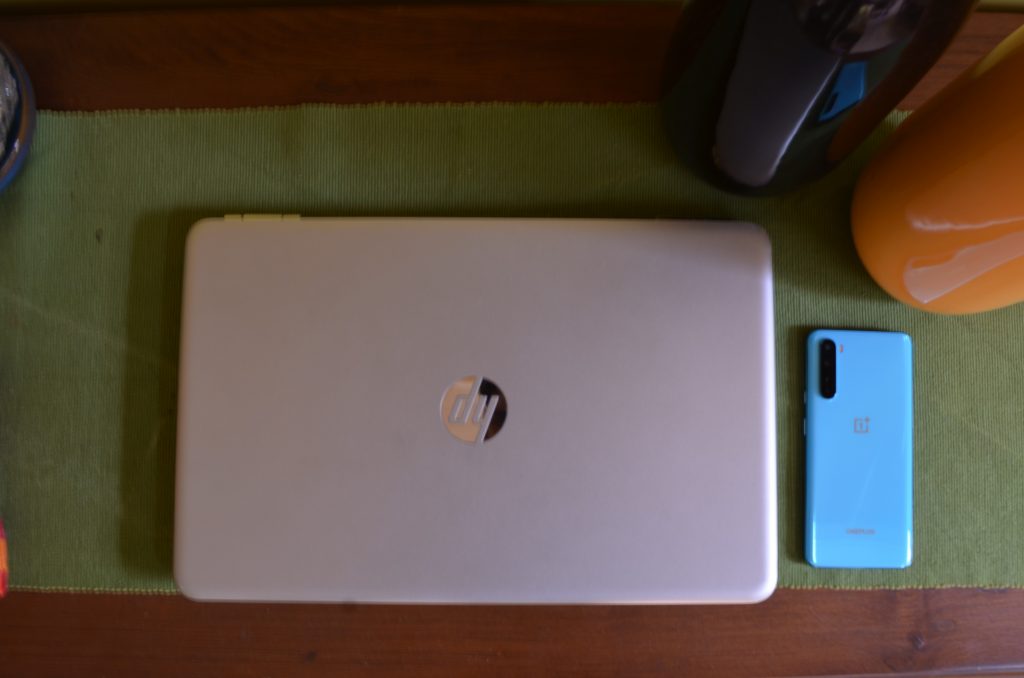
When OnePlus first started hyping up the Nord, a lot of fans were excited and prayed that OnePlus would offer it at an affordable price. Well that they kinda did.
The OnePlus Nord starts at Rs 24,999 for the base 6GB/64GB variant and goes up to Rs 29,999 for the top of the line 12GB/256GB option. Between those two is also an 8GB/128GB option priced at 27,999, which is the one I’ve currently been using.
However, there is a catch. If you’re eyeing that 6GB variant you’re going to have to wait till September to get one, even though OnePlus has been featuring this particular price tag in all its advertisements. To me, that is kinda shady but rationally you only have to wait for a month and it isn’t that big of a deal.
Certainly, a well-played tactic by OnePlus, who are cashing on the impulses of customers getting the better of them so that they eventually go for the higher priced model.
Honestly, I don’t think the 64GB model is the one to go for if you plan on using this smartphone for 3-4 years. That being said OnePlus does offer 50GB of free additional cloud storage through its Red Cable Club, should you sign up for it, and that would bring your storage to around 100GB in total.
However, my suggestion would be to go for the 8GB/128GB option as it offers decent storage and generous RAM to handle all your daily activities be it gaming, social apps or whatever else you choose to do.
The 12GB/256GB variant does seem like a bit of an overkill, and most users will never fully take advantage of so much storage. Then again, if you are someone who requires a lot of storage or even to plan to use this phone for 5-6 years the 12GB option makes sense.
Now at this price point, the Nord is certainly not the cheapest phone and there are other tantalising smartphones such as the Realme X3 SuperZoom and the Redmi K20 Pro, that undercut it. The latter of those two even has a flagship Snapdragon 855 processor, while the former has the same processor coupled with a 120Hz refresh rate.
So the Nord is not without competition and certainly has a tough fight ahead. Read on to find why I’d still pick it over the other two smartphones.
Design
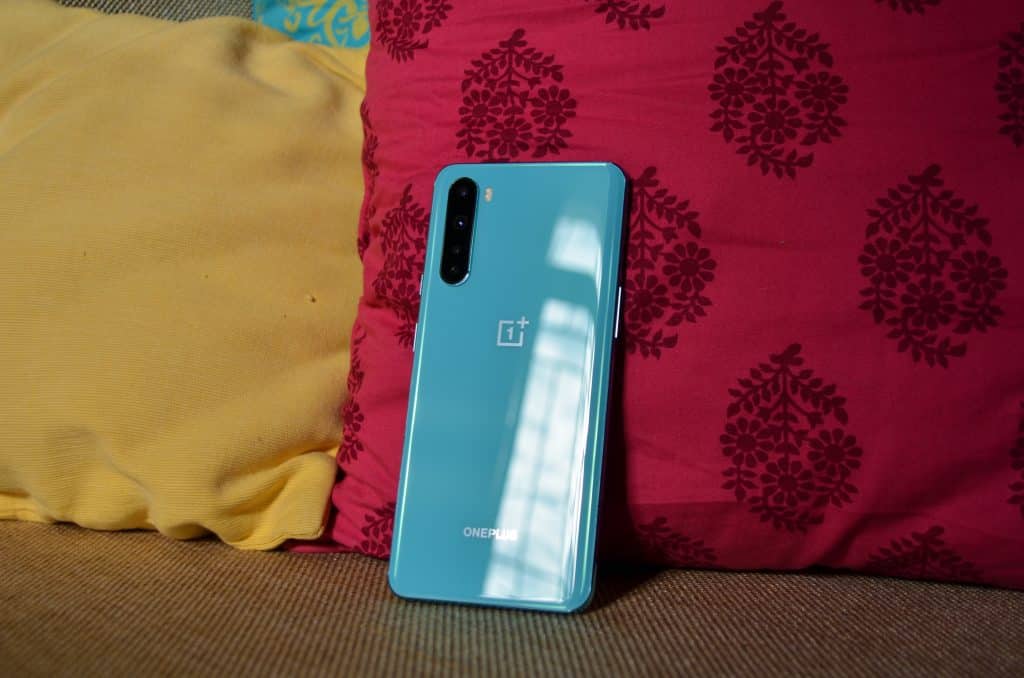
OnePlus has given the Nord two stark contrasting colours – Nord Blue & Onyx Gray. While the latter looks a little dull, the former in comparison is definitely not.
This Nord Blue colour might probably be one of the main reasons you might even consider buying this phone as it is one of the most unique colours and makes this phone a real eye-catcher.
If you aren’t a fan of the loud blue, OnePlus also offer the other much more subtle Onyx Gray option which looks sleek without drawing too much attention.
The phone features a plastic frame which many might think is metal due to the convincing metallic finish OnePlus has given it, and it goes pretty well with that blue. What’s not plastic are the volume rockers and power button which are made of metal and have a satisfying tactile feel to them.

Above the power button is the classic OnePlus Alert slider which is great to use and is ideal for when you’re rushing into a meeting or a lecture and you need to quickly mute your device.
On the back, the phone consists of a glass and metal finish, with the quad cameras set to the extreme left corner in true OnePlus fashion.
So from the back not only does it look like a OnePlus device but also very similar to a lot of other smartphones like the Realme XT, Realme X3 series etc.
OnePlus co-founder Carl Pei did reveal in an interview with tech Youtuber Marques Brownlee, that the company did also consider other triple camera designs, but finally opted to go with this final layout of the cameras.
So yes the OnePlus Nord looks pretty generic from the back, but that Nord Blue colour does enough to set it apart and give it some individuality.
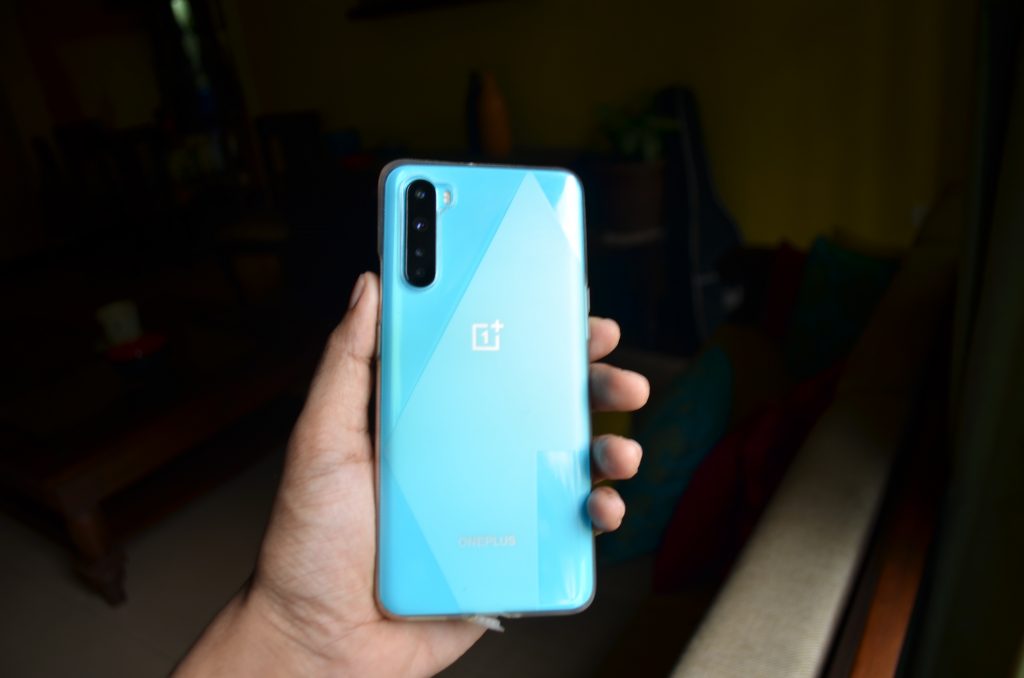
Display
OnePlus has bestowed upon the Nord a 6.55 inch Fluid AMOLED display a feature that is available on a lot of sub 20k devices as well. What differentiates this display from those cheaper devices is the fact that it has a refresh rate of 90Hz, which is one of the main factors contributing to the Nord’s smooth experience.
And for those of you thinking that the high refresh rate isn’t that big of a deal, trust me it is, and the difference between 90Hz and other regular 60Hz displays is certainly noticeable.
The phone also supports HDR10+ content so you can watch content on Amazon, YouTube and Netflix in high definition, something that is quite nice to have.
This display being an AMOLED panel gives you rich colours and those signature deep blacks making for a great viewing experience. It isn’t as good as the panel that you’d see on the OnePlus 8, but at this price point, it is the best you can get.
Under direct sunlight, the screen gets sufficiently bright and I didn’t face any problems with legibility. However, at low brightness, a lot of customers have complained about a screen tint issue, that I noticed on my unit as well.
Essentially if you are in a pitch dark environment and you set the screen to its lowest brightness setting, there is a noticeable green tint towards the top of the display and a pinkish tint towards the bottom.
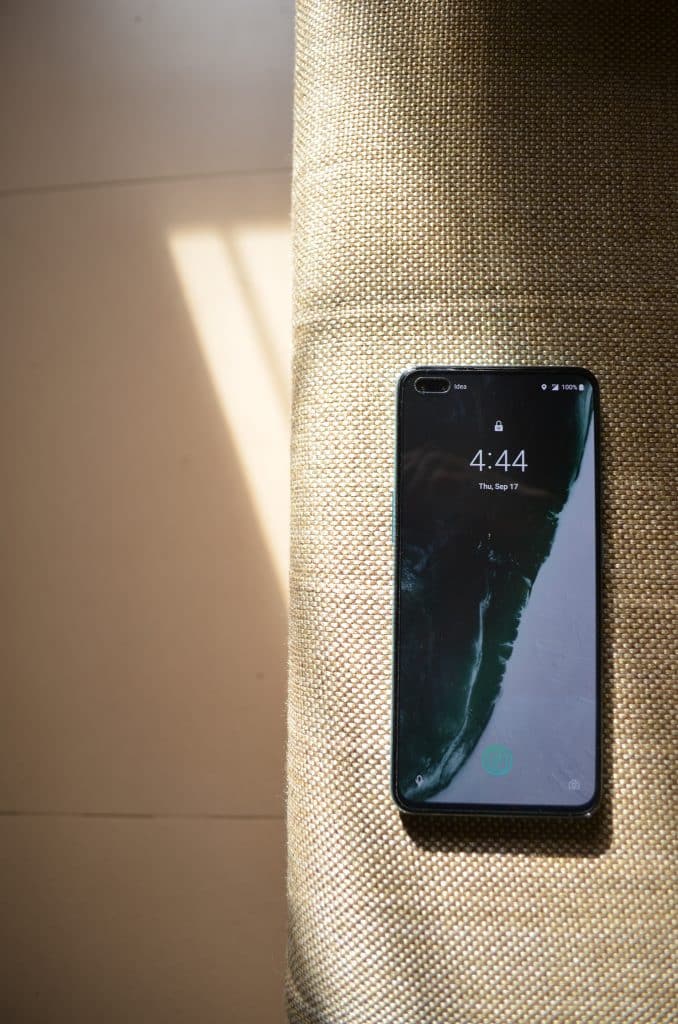
These tints, however, are not visible in all apps and only appear in apps that have a dark grey background, such as Google Chrome in incognito mode.
Now at the start of my time using this phone I did not think this would be much of an issue, but I use the Google slew of apps frequently and my phone is almost always set to the dark mode theme.
So yes, I have observed this tint issue and it is annoying to see especially since OnePlus has made the Google dialer and Messages apps as the default calling and messaging apps, so if you do use your phone in dark mode then you will notice this issue.
OnePlus reasoned that this issue is common to a lot of AMOLED displays, but I’ve taken a look at the display of my Realme XT and I have not seen the slightest tint at all.
The real reason I believe this tinting issue is happening is that OnePlus have made use of a cheaper higher refresh display. However, the OnePlus 8 series of smartphones also had display tinting issues and those were fixed through software updates.
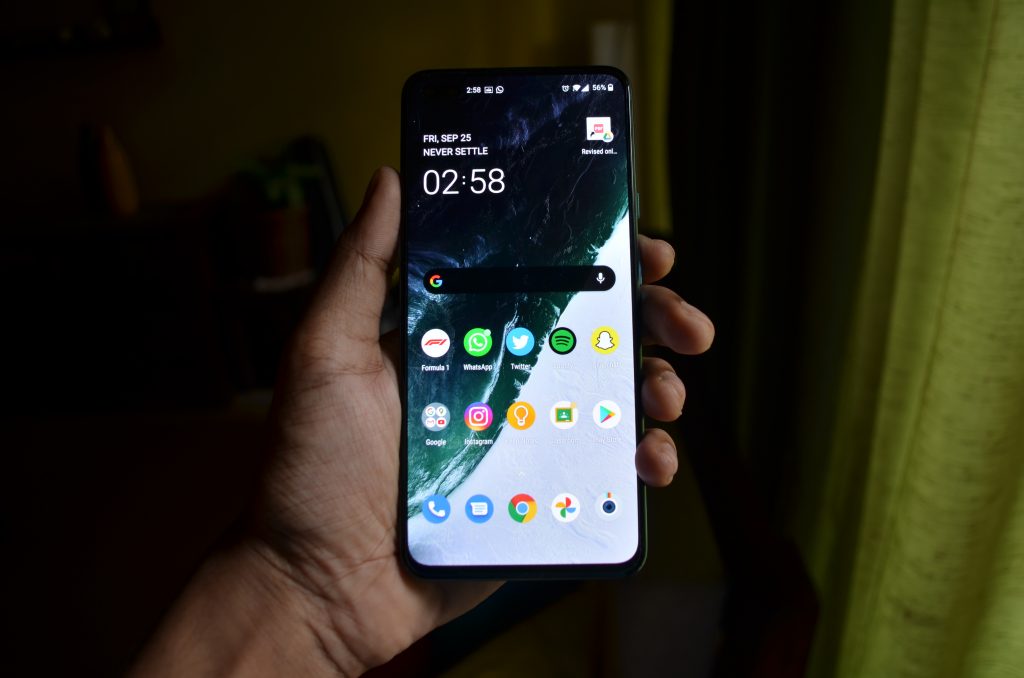
In the Oxygen OS 10.5.4 update that the Nord received, OnePlus did mention that changes were made to optimise the display and get rid of the tinting. Post updating my unit, I noticed that the tinting had reduced to a small extent but was still noticeable.
Update: At the time of posting this article my unit has received around 4 updates to resolve various issues including the display tint issue. I’m pleased to say the tinting has almost disappeared and is hardly noticeable, so it shouldn’t be a reason to skip the Nord.
So, all in all, I am pretty happy with the display of the OnePlus Nord except for that tinting issue which is a bit of a bummer. But like I said it isn’t a very big issue and I personally can live with it because the 90Hz refresh rate is something I’d rather have than not.
Software and Performance
Probably the single biggest reason to buy the OnePlus Nord is the OxygenOS software experience. It’s clean and intuitive to use and is one of the closest skins to stock Android.
OnePlus gives you a fair amount of customization such as choosing the accents and colours of your notification panel as well as the shape of the icons.
For example, if you long press the home screen you can also choose to install icon packs directly from the Play Store which is another nifty feature to have if you’re into customizing your smartphone a lot.
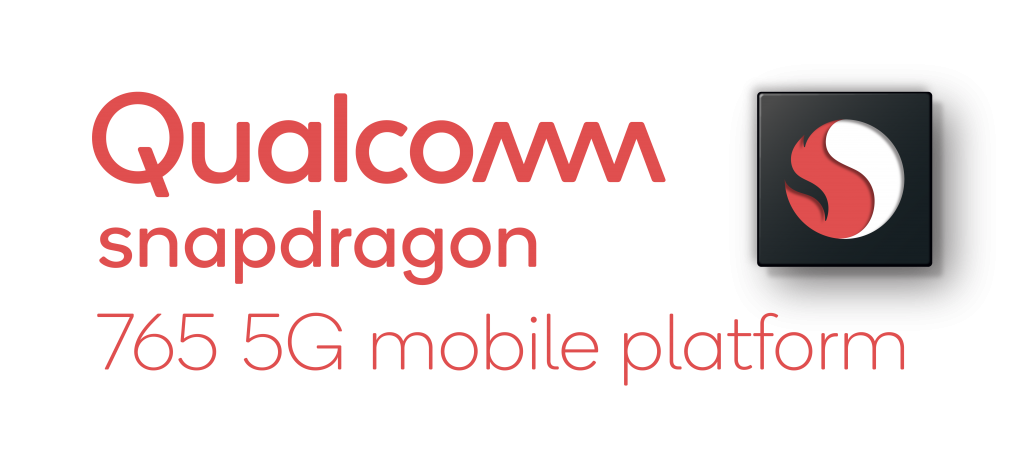
The performance on the OnePlus Nord, however, is something that I wasn’t expecting. This was because unlike the cheaper OnePlus devices of the past, the Nord does not pack a flagship processor. It makes do with a Snapdragon 765G processor which is Snapdragon’s latest mid-range processor that also includes support for 5G.
Now, this processor isn’t as much of a downgrade as you might’ve thought and in day to day usage I’d say it performs as well as any of the flagships from OnePlus. Switching between apps and opening games is fairly quick and snappy and animations are all buttery smooth.
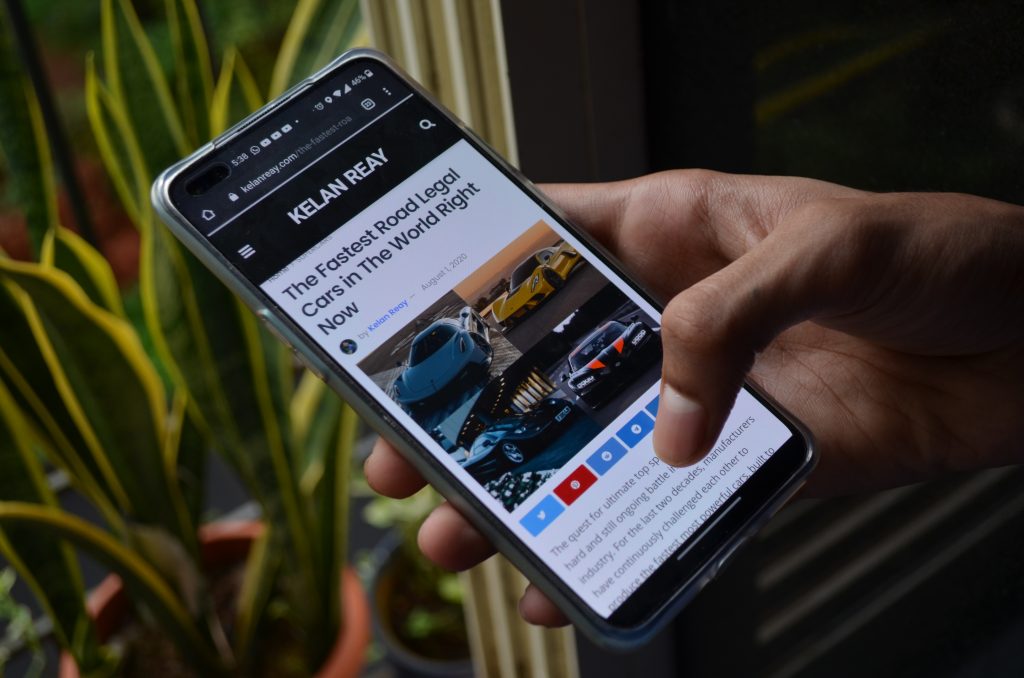
It is definitely not as quick as the OnePlus 8 and there is a very small difference in speeds between the two. But in most day to day tasks like gaming or browsing through social media feeds like Twitter and Instagram the phone was great. That is also partly due to the 90Hz refresh rate which elevates the visual experience.
One area where the Nord surprised me was gaming. I played multiple sessions of Call Of Duty: Mobile and Real Racing 3 and the Nord handled them without a fuss. Graphics were great and playing Real racing 3 was a very immersive experience and I rarely ever noticed any stutters or frame drops.
Playing Call of Duty was pretty good as well and the phone gives you the option of using the highest graphic and frame setting should you desire. Here I did notice a few stutters once in a while, but for the most part, this phone is great for gaming although still not as flawless as other flagship phones.

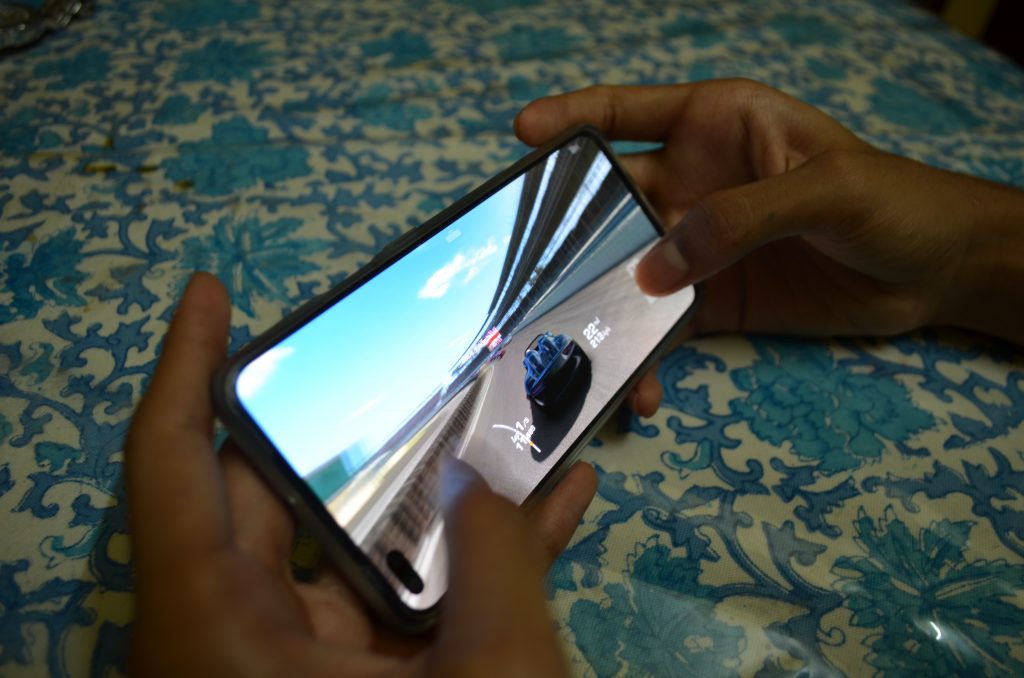
The OnePlus Nord also has a gaming mode that automatically activates when you launch any game and its pretty nifty to use. By its default setting it displays calls silently and notifications are displayed as transparent text so as to not interfere with your gaming sessions.
If you want to take the gaming experience even further then there’s also the Fnatic Mode that blocks all calls and notifications and boosts the performance from the processor and the GPU.
So performance-wise I don’t think most people would have an issue with the Nord and it handles most apps and games as well as any other flagship devices so thumbs up to the folks at OnePlus for not making a compromise with that.
Audio
An area where several mid-range phones tend to skimp out compared to their higher priced siblings is the choice of speakers and it is the same story with the Nord.
Unlike its more premium relatives, the 8 and 8 Pro the Nord comes with a single downward firing speaker placed towards the bottom right of the device and it features two outlets for the audio output.
Surprisingly the audio from this single speaker was better than I expected and the speaker gets pretty loud with minimal or no distortion even at the highest volume.
That’s a good sign because all the audiophiles hanging on to their aux in earphones won’t be able to use them since the Nord does not come with a headphone jack, which is the norm this year with most new smartphones.
So you’ll have to settle with a pair of Bluetooth headphones or type C headphones, although I’d favour the former just because of the wireless convenience.
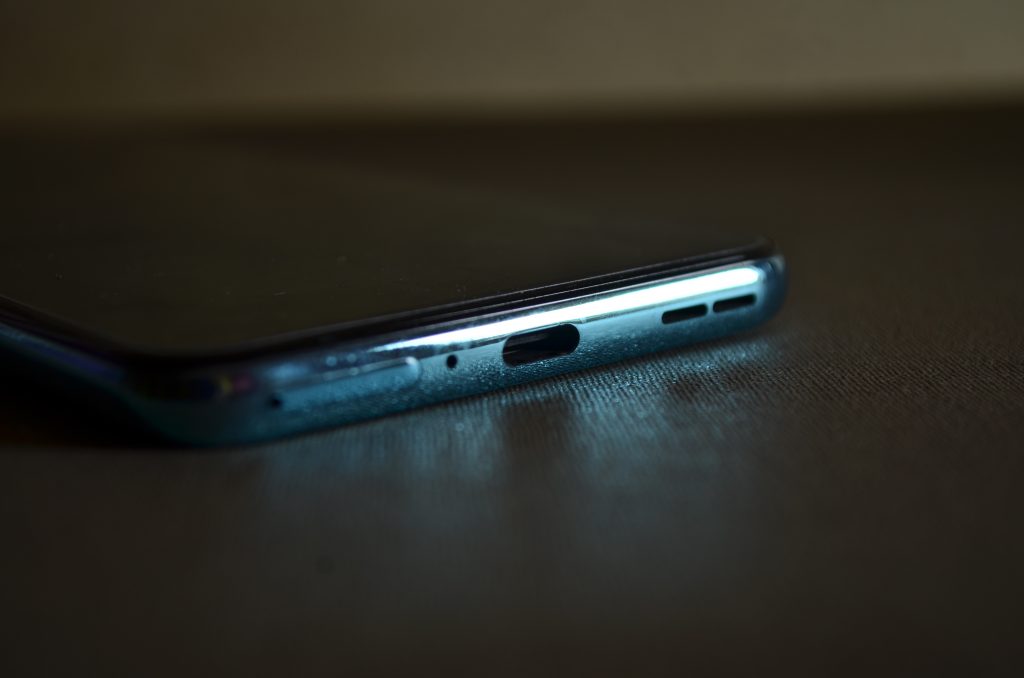
I mostly watched media using a pair of Bluetooth earphones, and the experience was pretty good. There have been complaints made by people saying they were facing sudden disconnections when they were connected to Bluetooth devices, but I faced this issue once or twice, and OnePlus addressed the issue in the software updates I received.
The Nord comes with Bluetooth 5.1 onboard and features support for aptXHD, aptX, LDAC, and AAC standards. The device also features the Dirac Audio Tuner and you can choose from three different modes – Dynamic, Movie and Music – based on the type of media you’re consuming or your preference.
Alongside the Nord, OnePlus also launched a new pair of truly wireless earbuds dubbed the OnePlus Buds at a relatively reasonable price of Rs 4990. These buds are also available in the Nord Blue colour so you might want to check them out if you’re planning on buying this smartphone.
Cameras
Six cameras. Yes, that’s the most advertised feature about the Nord and it made sure the phone grabbed a lot of attention. But in essence, what you get are probably 4 usable cameras and I shall explain why.
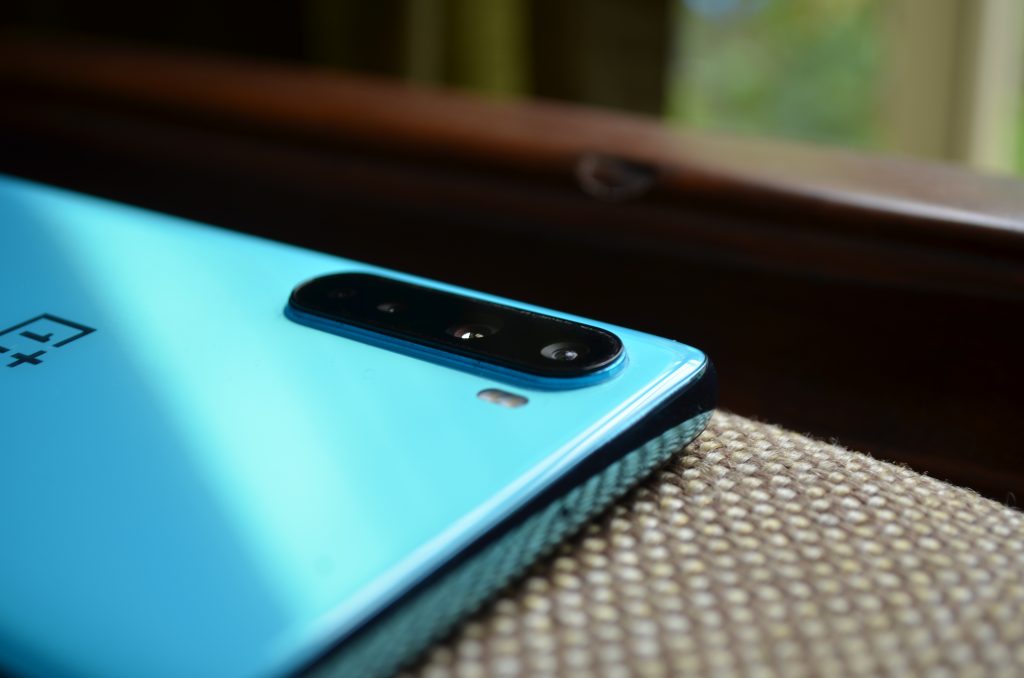
Rear Cameras
On the back, you have a quad-camera set up which is common on most smartphones these days. At the top of that stack is a 48 megapixel Sony IMX586 sensor, followed by an 8-megapixel wide-angle lens, a 5-megapixel depth sensor, and a 2-megapixel macro lens.
So let’s begin with that main sensor. If you’ve seen the adverts then you’ll know that OnePlus has apparently stolen this sensor from the OnePlus 8 and that’s true. And that’s pretty evident from the shots taken with this sensor that are almost identical to ones taken by the 8 barring the slightly different colour processing.
This sensor captures images in 12 MP resolution by default due to the pixel binning process that the software employs. You also have the option to capture true 48 MP shots which hardly look any different from the 12MP shots so you should be pleased with the latter for most occasions.
The images taken by this primary sensor are crisp and have lots of contrast. Outdoor images are bright with slightly oversaturated colours, although they look great for the most part. What this sensor lacks is detail and that is apparent when you zoom into the shots, where you will notice some distortion.
Next up is the 8-megapixel ultrawide angle lens that has a 119-degree field of view. The images taken with this sensor are decent with sufficient brightness and colour and are great for landscape shots. However detail takes a big hit when you zoom in, but on the surface, the shots look decent.
Below is how the wide angle shots look next to the main sensor and 2x zoomed images.
In dark environments, this sensor takes surprisingly bright photos albeit with noise in the details. Switch on the Nightscape mode and the images get much brighter and some detail can be observed in the shadows, however, you do need a steady hand or a tripod to get the best out of this feature.
In low light however you do not want to use this wide-angle lens by itself as the shots tend to be very blurry and dark. OnePlus’s Nightscape mode does help alleviate this a bit, but for the most, you’d be better off with the standard primary camera.
Now a sensor that is ominously missing from the Nord is a telephoto lens for the\se bokeh shots that everyone loves. OnePlus instead opted to go for a 5MP depth sensor, which doesn’t make a lot of difference.
However, what confused me along with many other reviewers was the fact that if you blocked that depth sensor, the camera still clicked portrait shots.
So this meant the phone wasn’t using the depth sensor for portrait shots, and I couldn’t find any other mode in the camera app that takes the services of this sensor. So that would mean the depth sensor has no real use and is just there for the number of cameras? Well, I’ll leave that to you to decide.
That being said, the portrait shots do turn out pretty good with crisp foreground blur, although subjects with tricky edges like hair are a little inconsistent.
Portrait shots taken with the front camera aren’t as good as the background separation looks pretty artificial. So at least personally they’re not to my liking although I guess some people prefer the look.
Last on this stack of cameras is the 2MP macro camera. To be honest, I wouldn’t see anyone using this camera, and that’s because the photos taken with this sensor aren’t that great.
The images clicked lack any detail or sharpness and you’d be happier taking close up shots using the standard 48 MP camera. Again that’s not a surprise because this sensor is after all a 2MP sensor and there is very little that software can do to improve the quality of pictures that it produces.
Front cameras
On the front, the Nord has not one but two selfie cameras consisting of a 32MP Sony IMX616 sensor and a secondary 8MP wide-angle lens with a 105 degree field of view.
The 32MP sensor can take some great shots in good lighting with crisp details and accurate colours. In low light, it does fairly well although occasionally you might get a slightly blurry image.
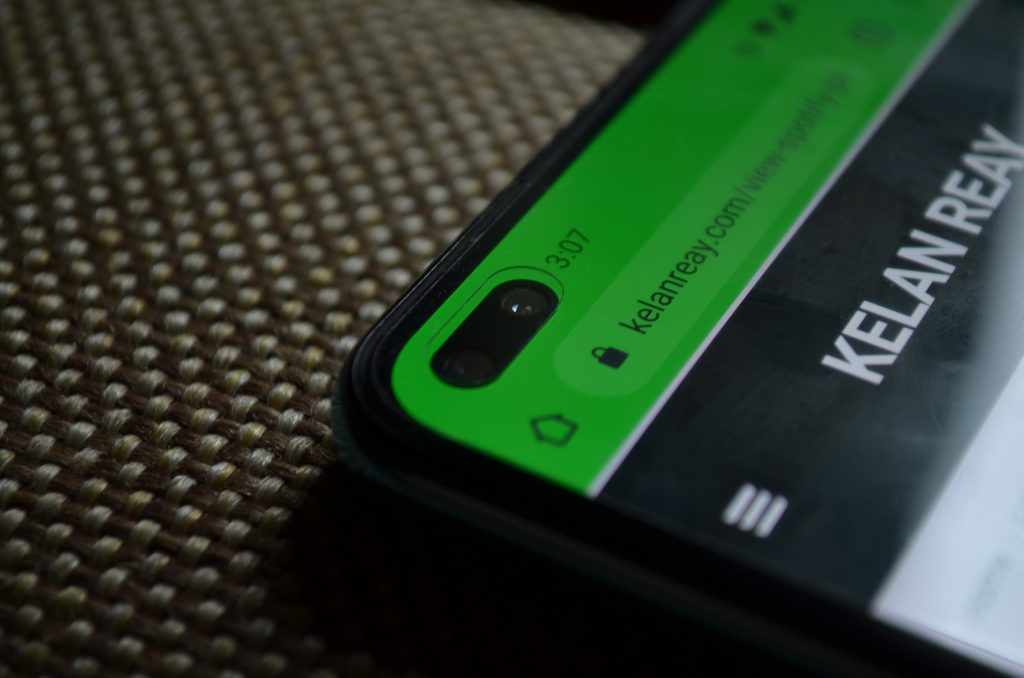
The wide-angle lens is a welcome addition and should be one of the reasons to draw in customers. It captures decent photos and is great for vlogging on the go or group selfies.
The one gripe that I do however have with it, is the fact that it smoothes out the skin textures of the face, even with the beauty mode off. With the recent updates to the device it has reduced a bit, but it is still noticeable and I hope OnePlus manages to resolve the issue.
Other than that I think this wide-angle is a great feature to have, handy for those large Indian family selfies and I’d like to see it on more smartphones.


Battery Life and Charging
The battery life of the Nord has been a bit of a mixed bag for me. On most days without any gaming, I’ve been able to get roughly 5 and a half to 6 hours of screen on time. This includes watching Youtube videos, scrolling through Twitter and Instagram, listening to music via Bluetooth headphones as well as using the camera.
This kind of battery life is average in my opinion, although OnePlus have addressed the issue in the slew of updates I received and the battery life has gotten better.
But even so the phone discharges Then again I’ve been using the phone much more than usual since we’re stuck inside due to the pandemic, so these aren’t the ideal screen on times most people would get.
So on a normal day as a student, I should be able to go a full day without charging the phone, and still be left with about 15-20%. I will update the article and let you know if my bold are predictions turn out to be true
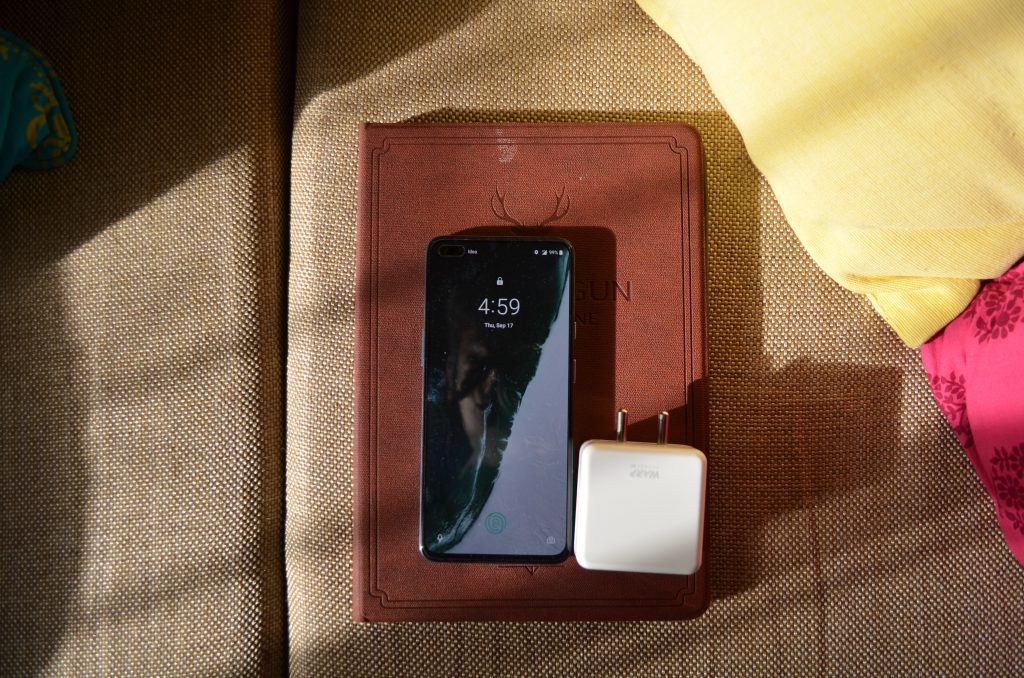
Obviously, the 90 Hz refresh rate panel is one of the major reasons the battery life is what it is, and if you do turn it down to 60 Hz you should be able to eke out a little more from the 1115mAh cell.
What is slightly alarming is that the battery drain is pretty hefty when left idle, and over a night there’s about a 10-15 percent drop. OnePlus has been putting out a slew of update so hopefully, they will be able to tackle this issue.
Alarmingly, the battery life takes a pretty big hit whilst gaming, even when I’m not using the Fnatic Mode and this is something you should keep in mind.
I played a couple of games of Call of Duty: Mobile, and within about 2 hours my battery was down to 50% from 95% 2 hours earlier.
What will reduce your battery anxiety, however, has to be the fact that you get OnePlus’s proprietary 30W Warp Charger in the box.
The Nord gets juiced up from around 15% to 95% in about 40 – 50 minutes. Even plugging in the phone for a quick 15 min charge takes the phone to around 45% which is just so convenient.
Verdict
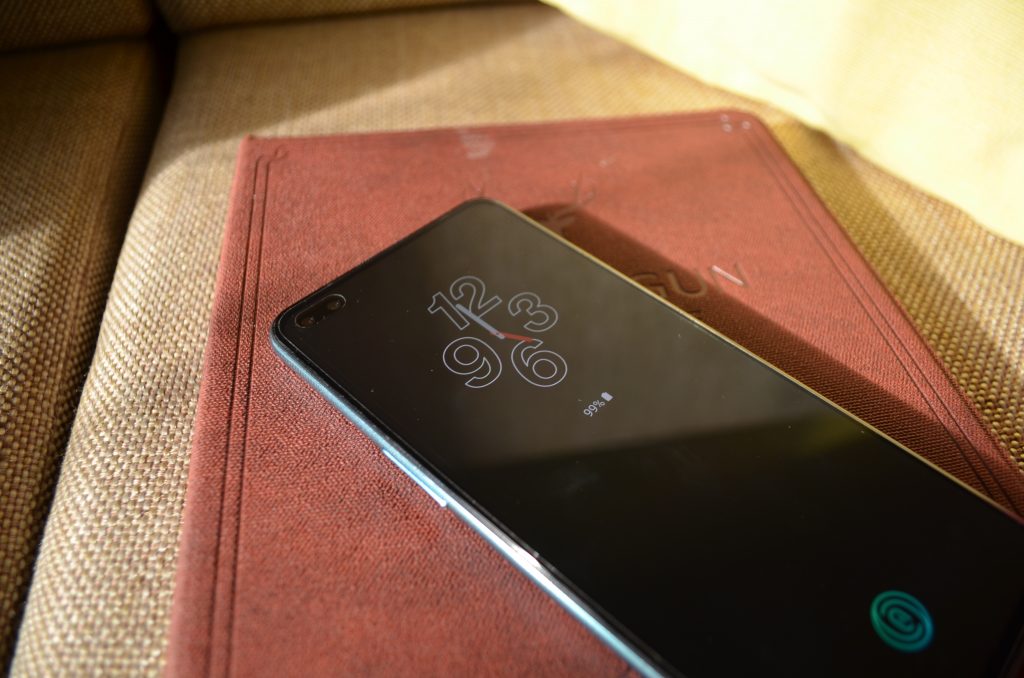
Let’s face it. The OnePlus Nord was overhyped like many other products these days, thanks to OnePlus going overboard with the promotions, and that itself might’ve done more harm than good. If you compare the Nord against other phones in this price range like the Realme X3 Superoom or the Redmi K20 Pro which have better processors and mostly the same specs you might find it hard to swallow the price tag of the Nord.
You see the Nord doesn’t excel in any one particular area but its the sum of its parts that makes it such a truly well-rounded product. Of course, it does skimp on a few bits such as the processor, the extra “not that great” cameras, stereo speakers etc to hit that 30k price tag but overall it’s a solid package.
Is it a flagship killer like the OnePlus phones of old? Well, I’m not so sure. You can tell that OnePlus didn’t include the Snapdragon 800 series processor so as to not directly sabotage its own OnePlus 8 series of phones. But even so, you almost get the same experience, and comparing this to the OnePlus 8 I find it hard to find a reason to but the more expensive sibling.
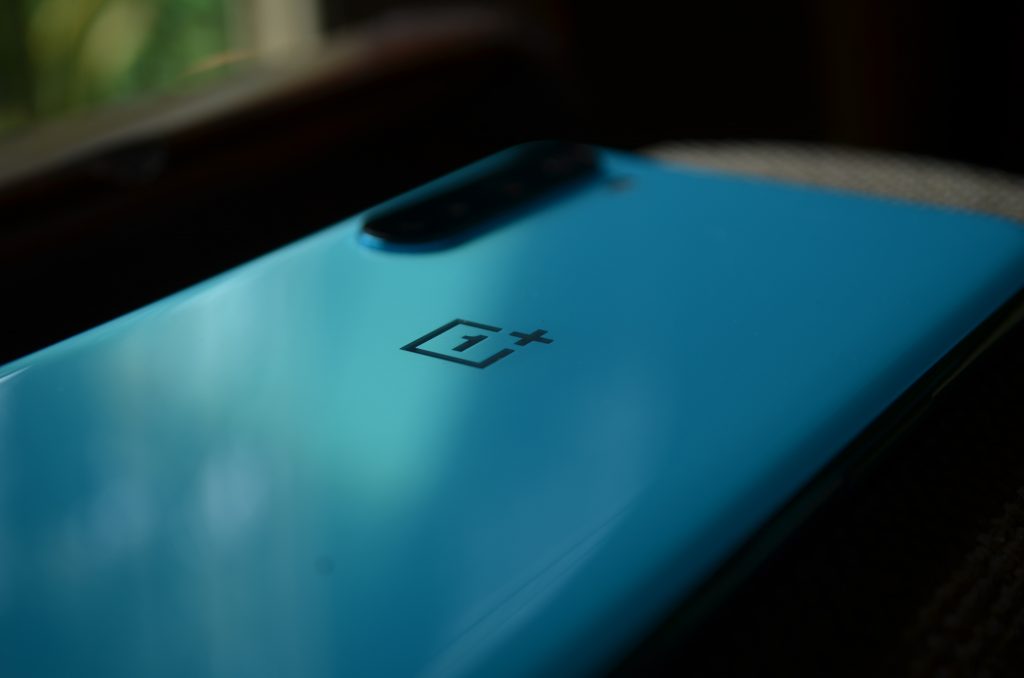
So at the end of the day, the question that’s probably haunting you is should you by the OnePlus Nord over its competitors? Well, unfortunately, I cannot completely answer that question because I haven’t tested those phones yet although their spec sheets do make compelling arguments.
If you’re someone who wants a clean, nearly stock android experience, decent cameras, a high refresh rate screen and good overall performance then the OnePlus Nord makes good sense.
However, if you’re someone who’s into photography or lots of gaming, then I’d suggest taking a look at other options such as the Pixel 4a and Realme X3 Superzoom.
Thats’s not to say the Nord is bad at either photography or gaming and on the contrary I think its pretty good at both. However it’s not the absolute best at this price range in those areas specifically and the phones that outclass it in those areas typically have some major flaws in others.
And that’s why I’d pick the Nord because even if it doesn’t impress me in one particular area the overall package is just right and not many phones can do that.




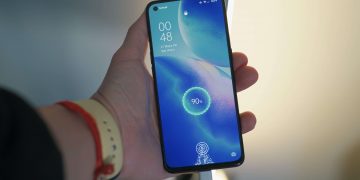

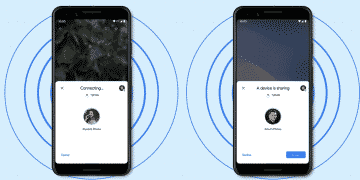




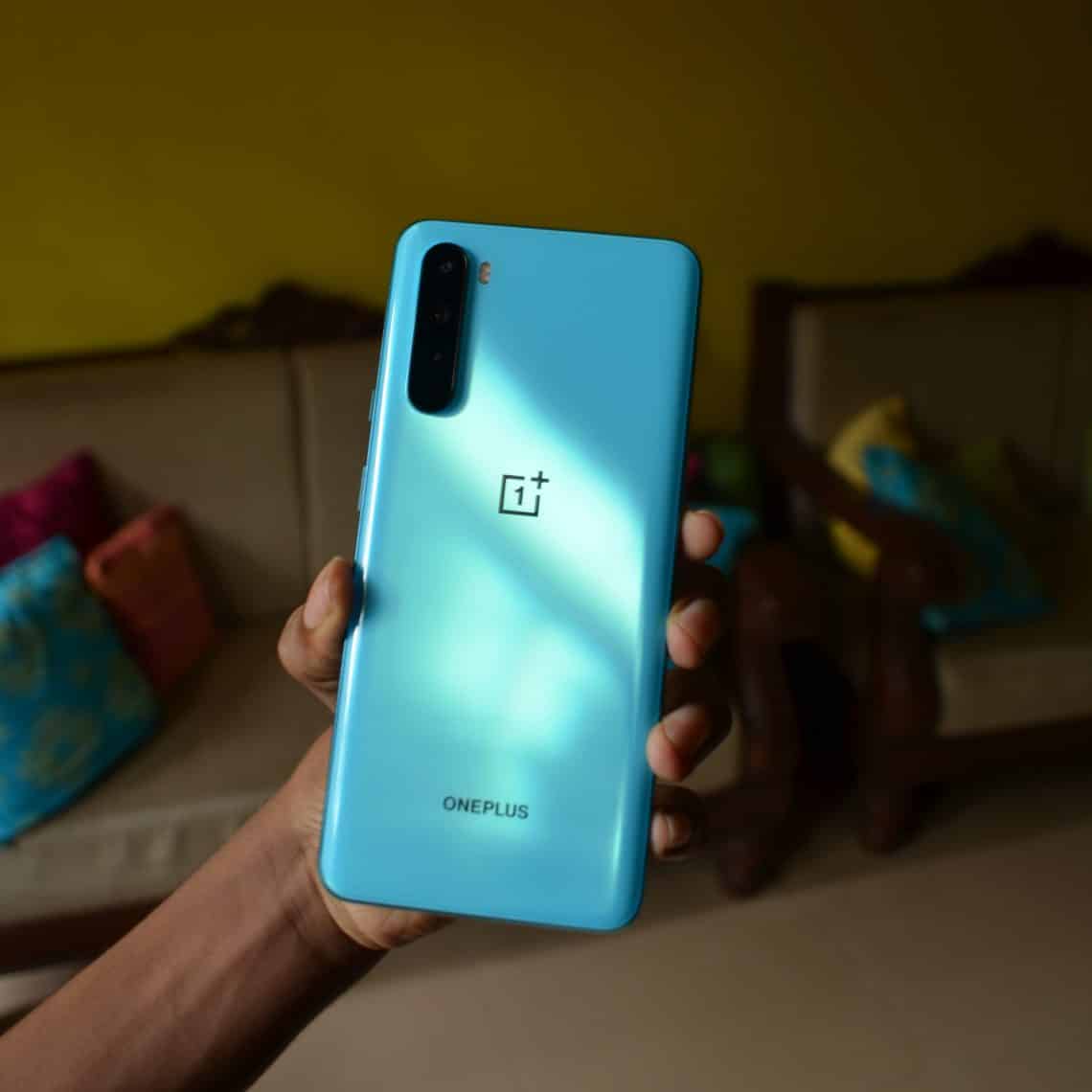
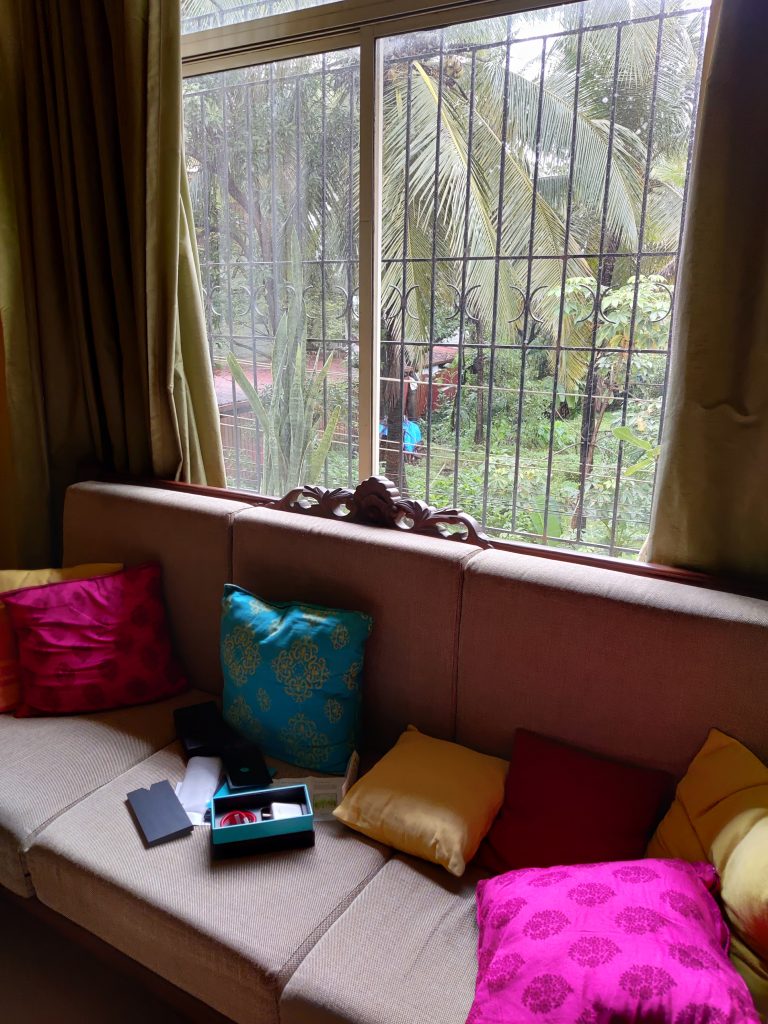

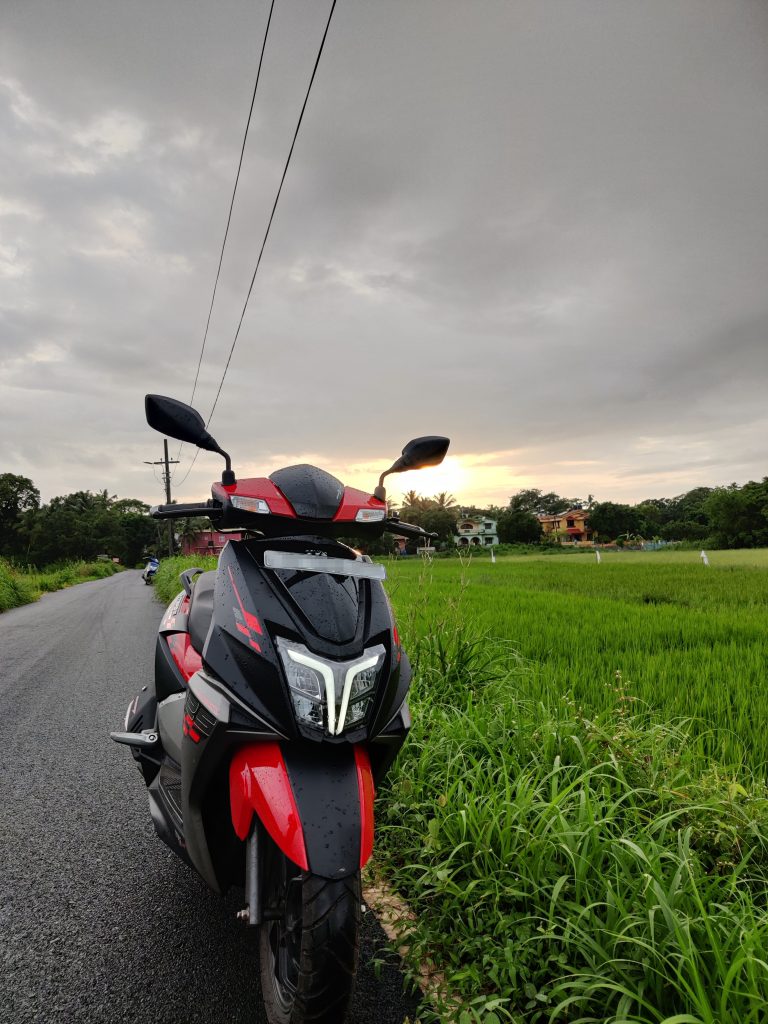


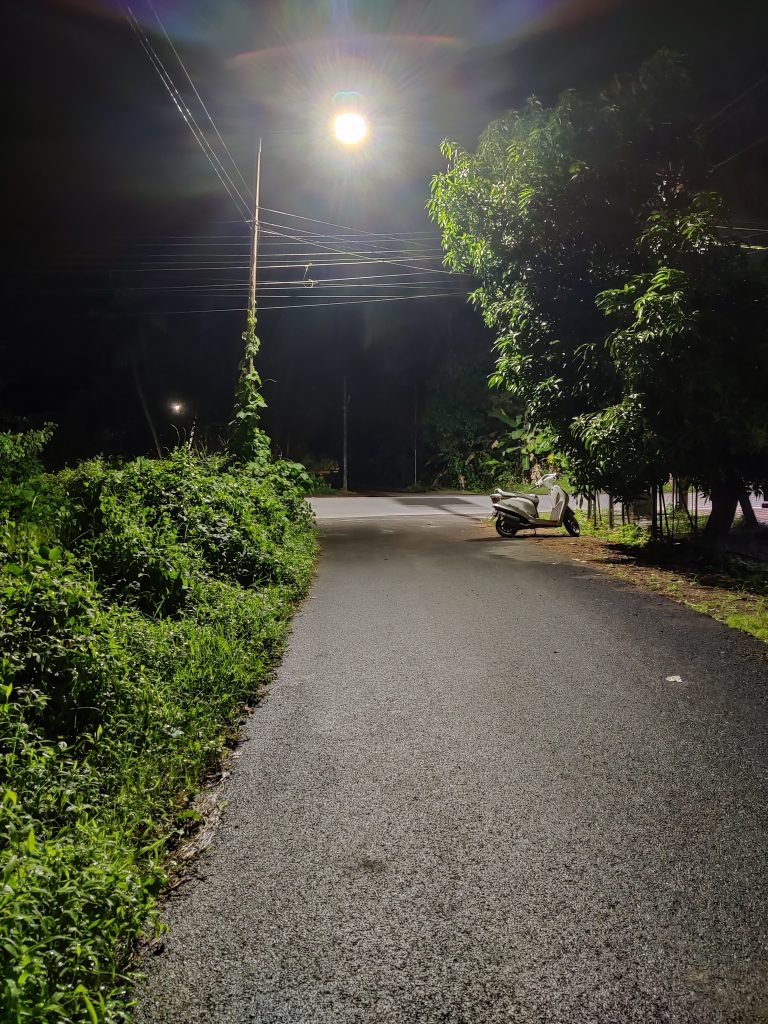



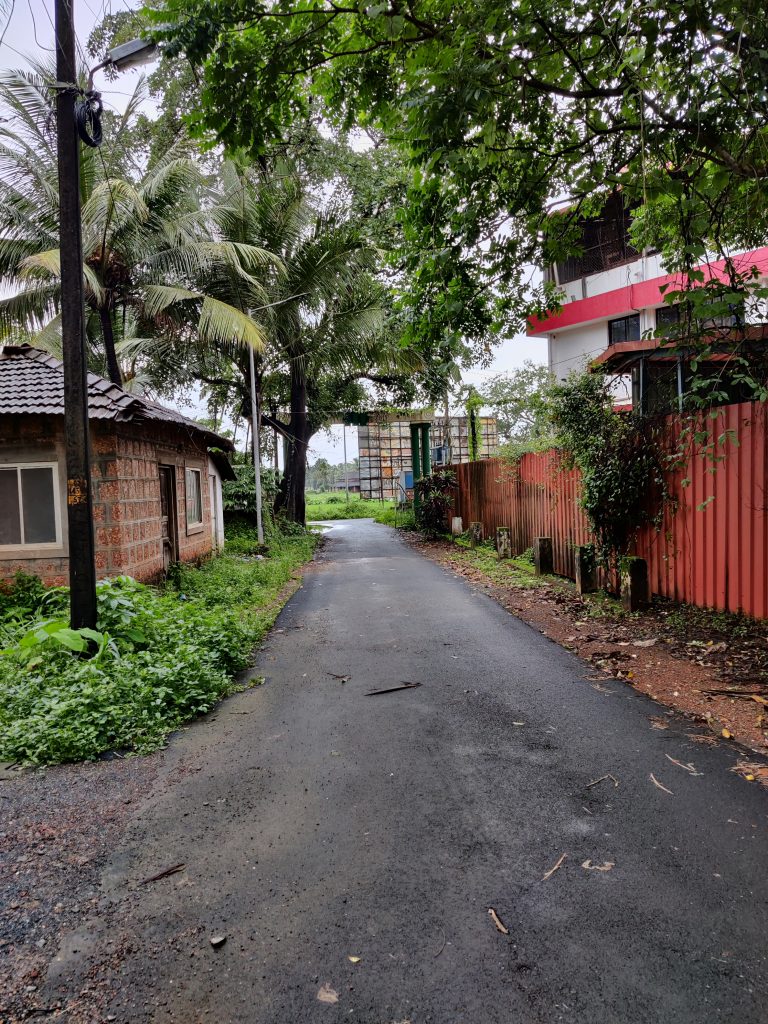
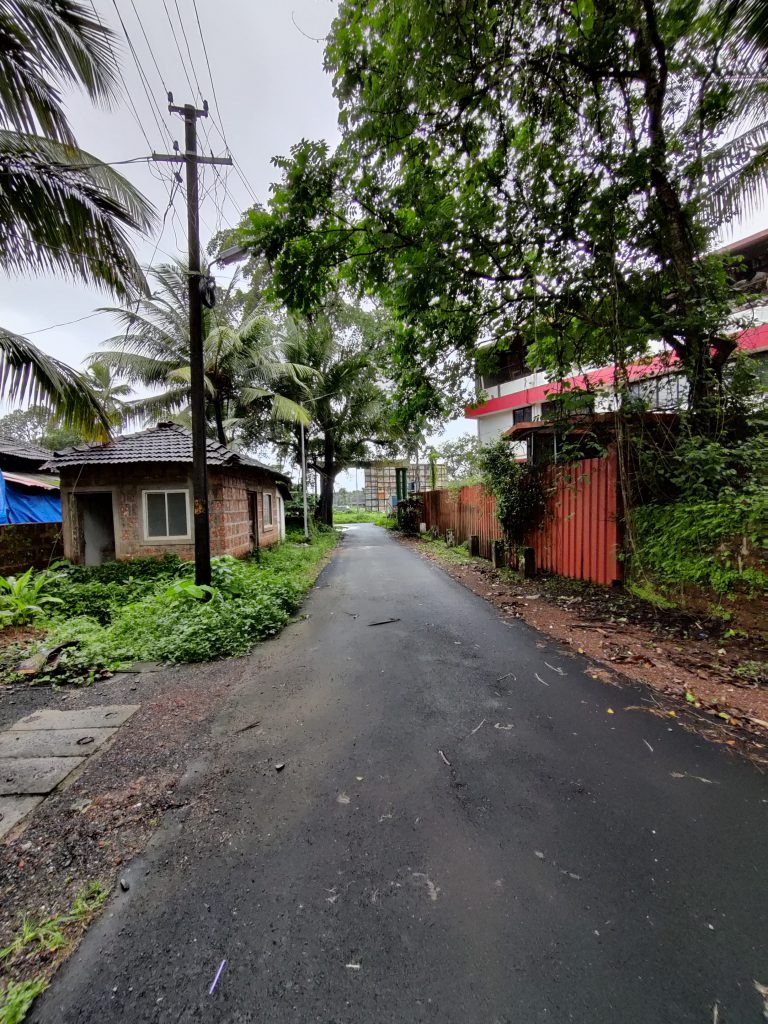

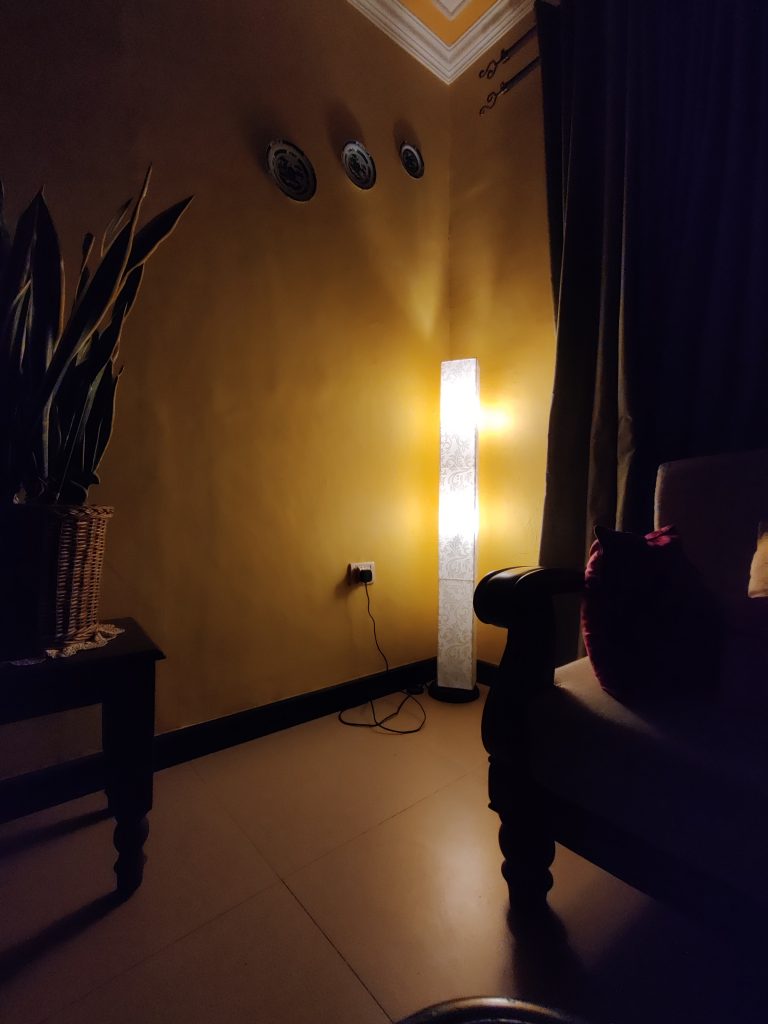
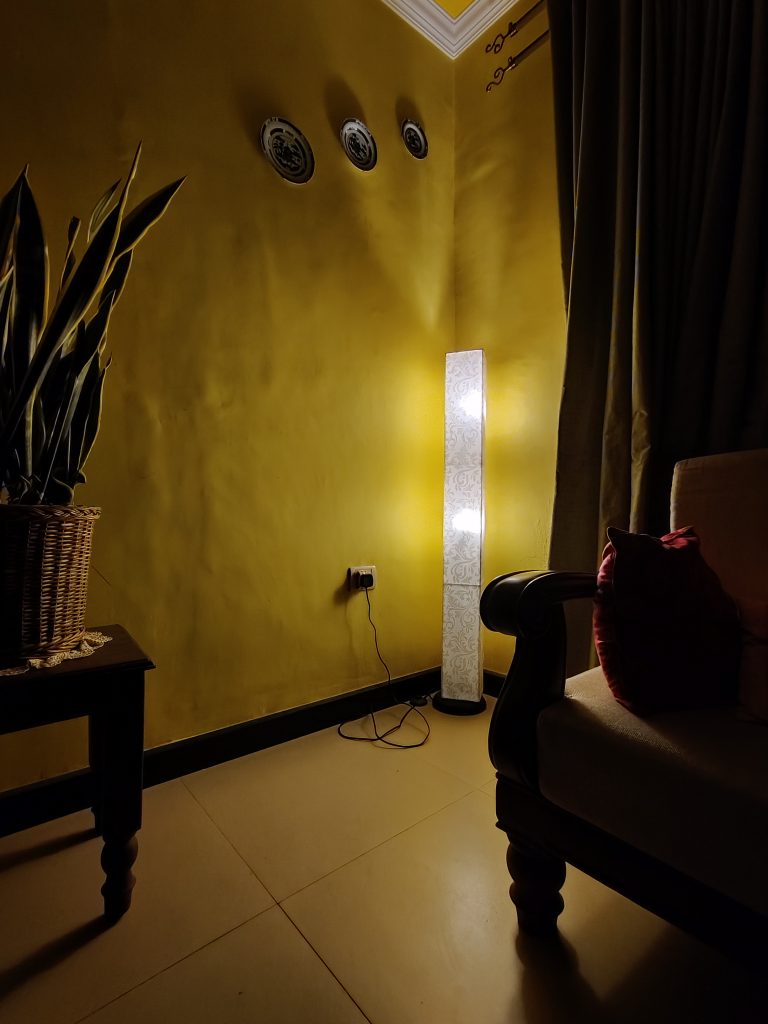
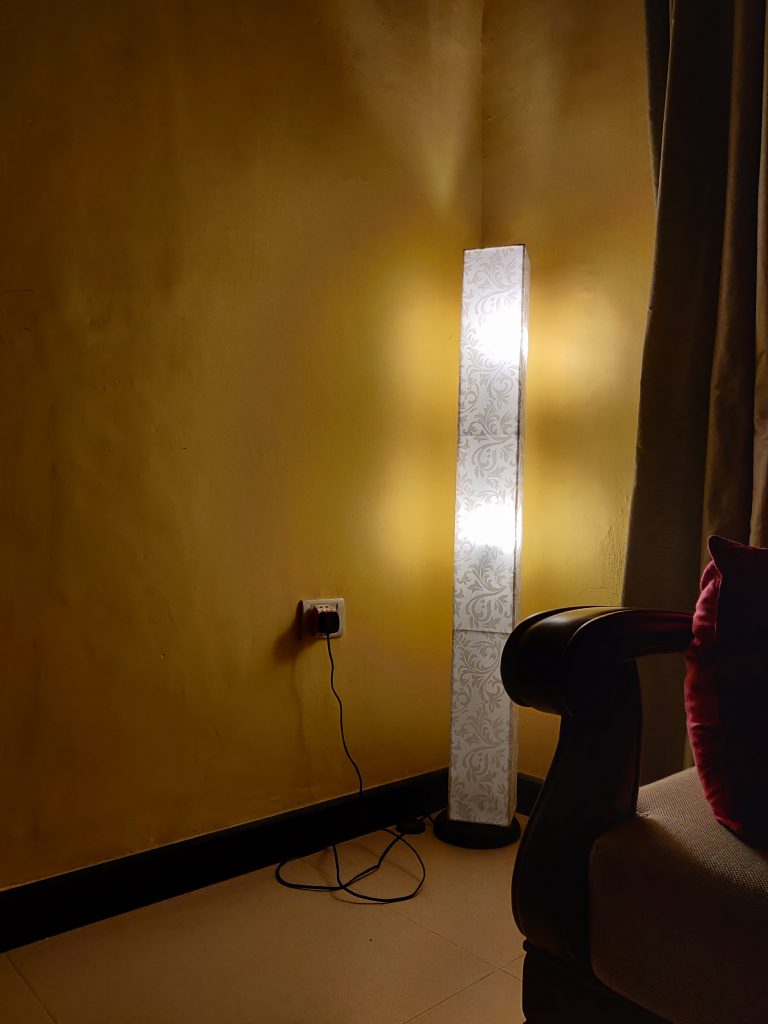
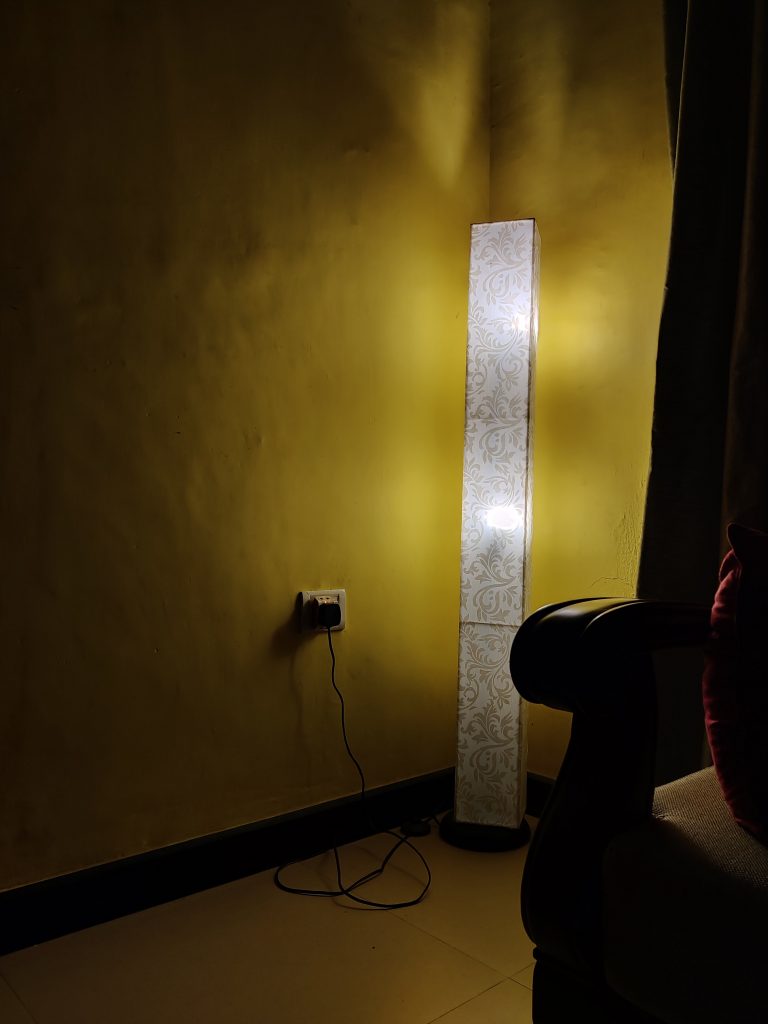
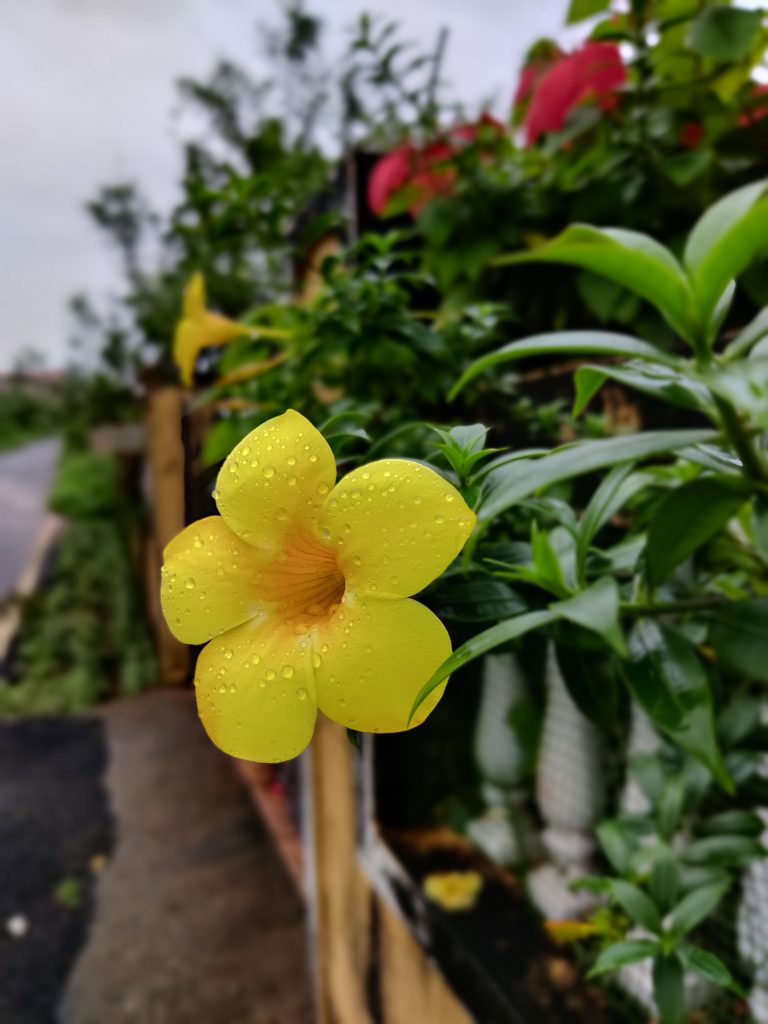









Nice